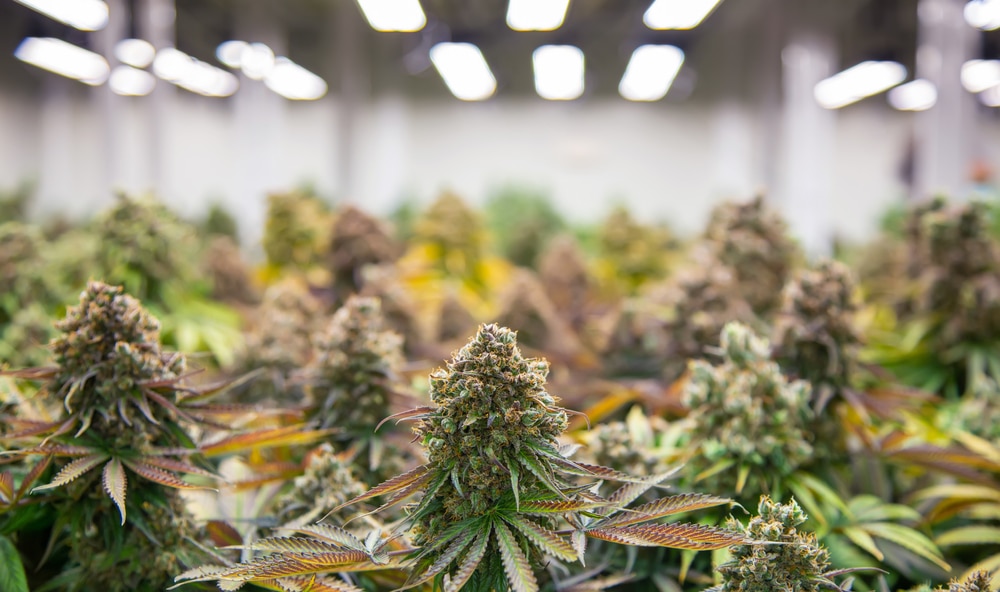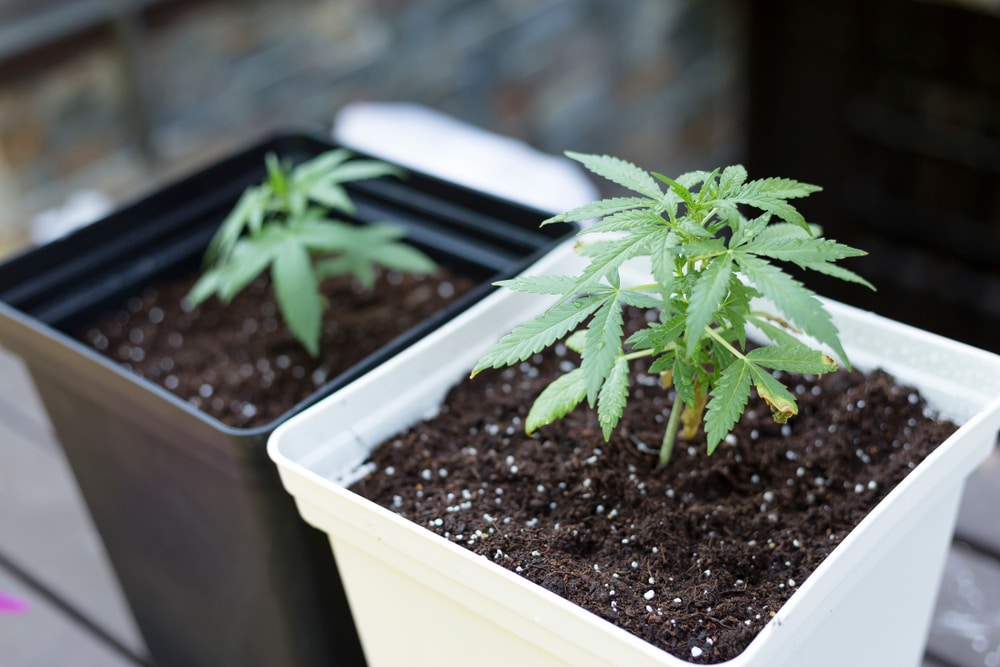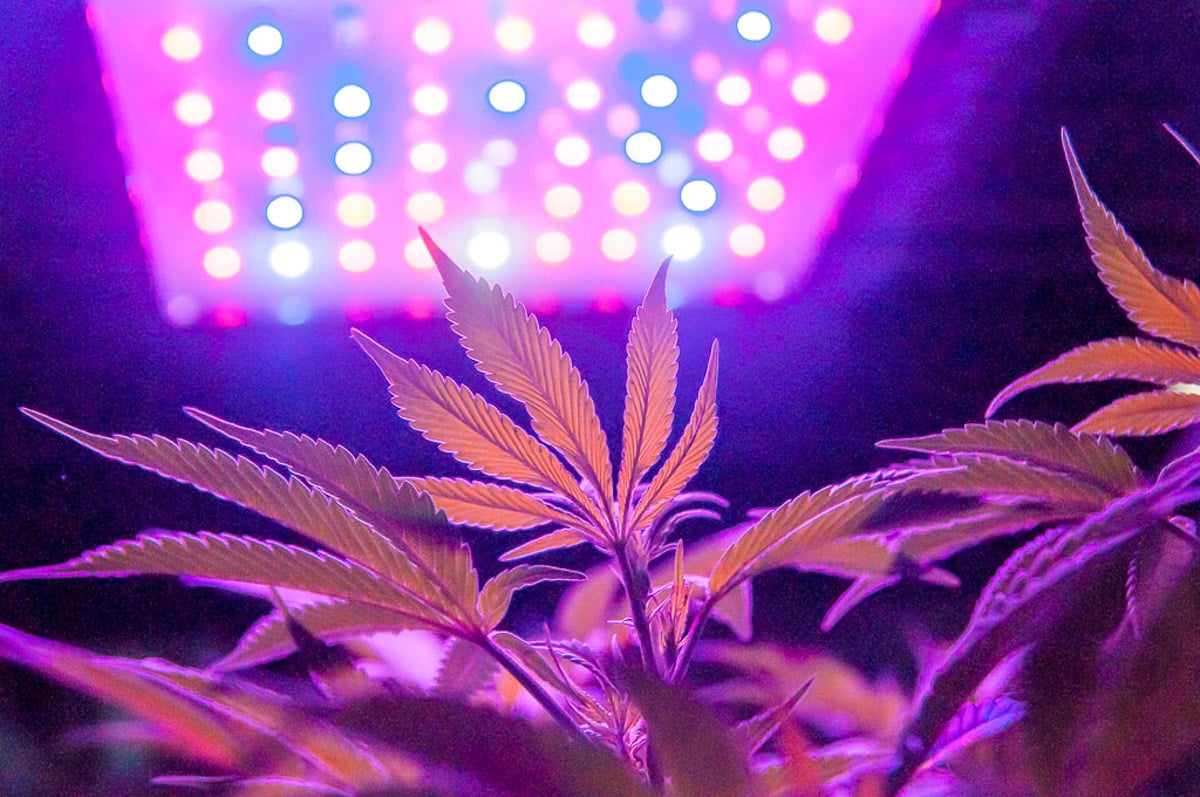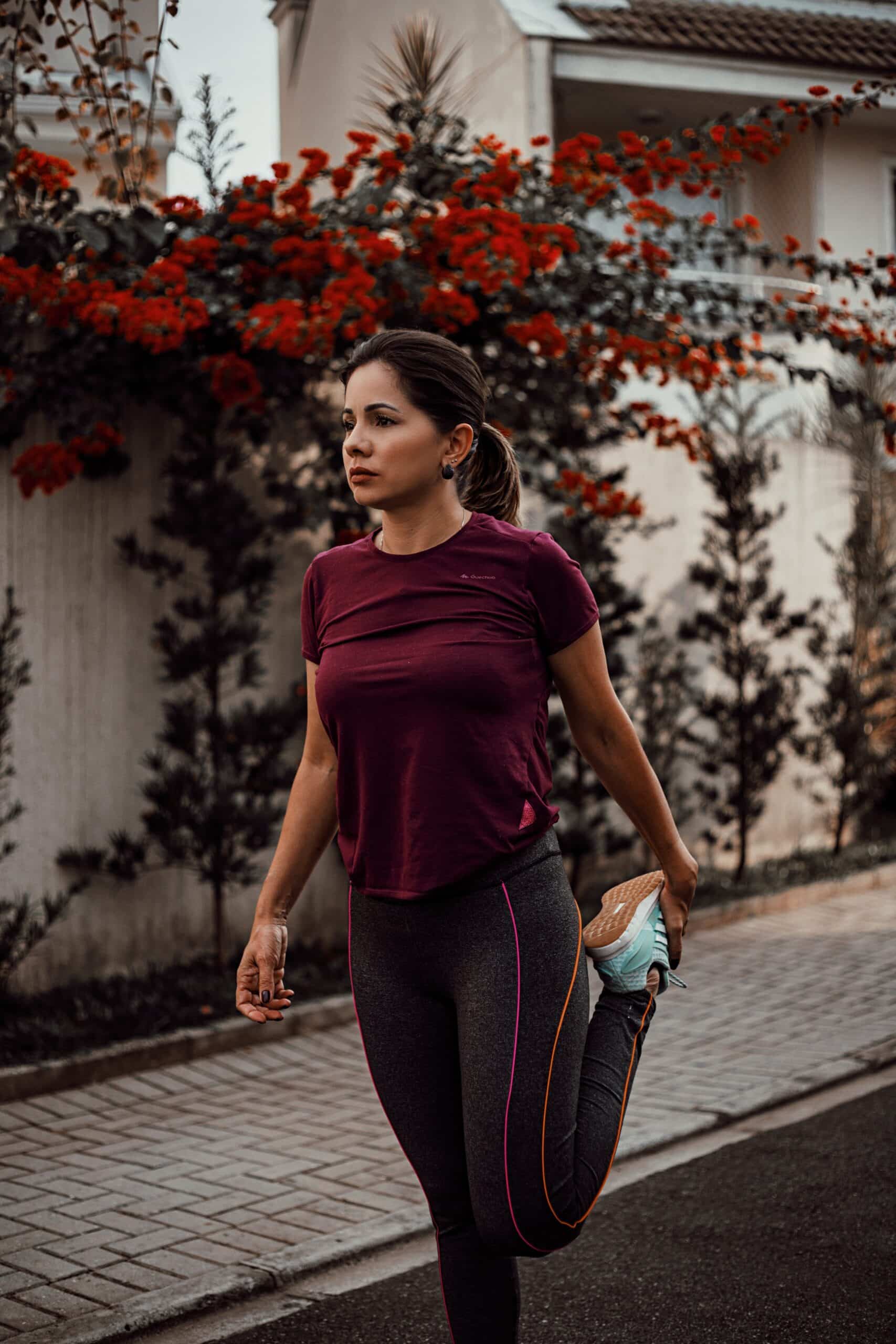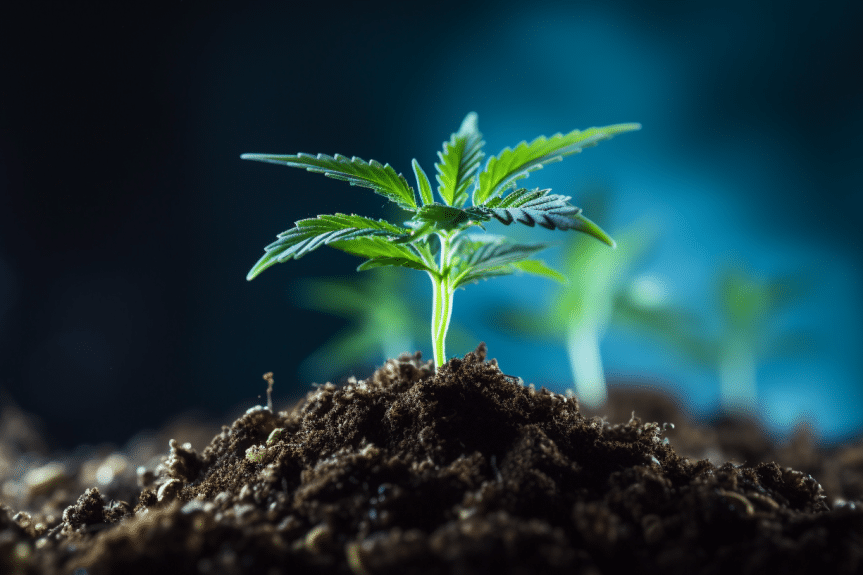No products in the cart.
Marijuana Education
Growing Marijuana Indoors: A Foolproof Guide
Welcome to growing marijuana indoors: a foolproof guide! Take your seats as we break down all the intricate details you should know.
Our guide covers the required equipment and explores the various growth stages. Find out how to troubleshoot common issues and discover what the law says about indoor cultivation.
Let’s start.
Understanding the cannabis plant
Before delving into indoor cannabis growing, it’s crucial to understand the plant’s history, uses, and characteristics.
Brief history and use of cannabis
When looking at the history of cannabis, we see that people have used it for centuries. Cannabis use originated in Western China and Central Asia. It’s known far and wide for its recreational and potential medicinal benefits.
The first documented use of marijuana was around 2,800 BC. Emperor Shen Nung, the so-called father of Chinese medicine, reportedly used marijuana for therapeutic reasons.
Key characteristics of the cannabis plant
Cannabis comprises fan leaves, sugar leaves, and buds. The flowers have trichomes, which contain the sought-after cannabinoids and terpenes. Tiny orange hairs called pistils also decorate the nugs.
Marijuana provides various effects. Users report feeling euphoria, sedation, giggles, and relief from anxiety and depression.
Importance of growing marijuana indoors
Why should you grow marijuana indoors? Although an outdoor setup could offer higher yields, there are several advantages to cultivating in a controlled environment.
Benefits of indoor growing
Growing cannabis indoors gives you complete control of the environment. It lets you adjust the light, humidity, and temperature. There’s also a lower chance of encountering pests and diseases.
Indoor cultivating is more private. Not all growers want neighbors or onlookers spotting their marijuana plants. There’s less worry about the security and protection of your crops.
Comparing indoor and outdoor growing methods
Indoor growing gives you environmental control but can be more expensive. Outdoor cultivating is less pricey, though you may encounter weather issues and pests.
Appearance-wise, indoor buds are smaller and denser than outdoor flowers. Outdoor crops have thicker stems and bulkier nugs.
Indoor buds have a higher trichome density as they’re closer to the light source. Since outdoor nugs are larger, the trichomes work harder to cover the entire flower.
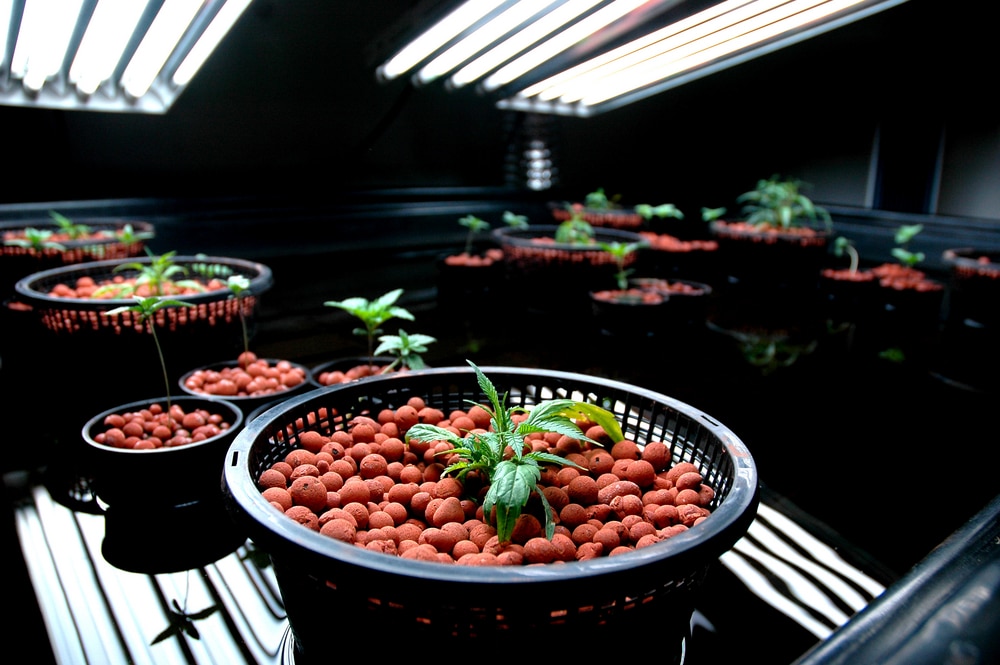
Understanding the law
Before growing marijuana, consider the legalities in your state. Ensure you study the laws in your area to avoid any issues.
General legal status
There are many debates on the legalization of recreational and medical cannabis. It’s illegal under federal law, but state legislation differs.
State-specific laws
Marijuana is legal in some states, but not all. There are also different rules for possession, cultivation, and consumption. Ensure you follow up with your local laws to find out what’s allowed. Always grow and consume safely and ethically.
Planning your indoor marijuana grow
Now that you know the background of marijuana, it’s time to plan your indoor grow. Every successful harvest begins with a solid idea of your cultivation method.
Selecting the right cannabis strain
There are uncountable cannabis varieties, and each one is unique. Choosing the best strains to grow indoors depends on your preferences.
Knowing the difference between indica and sativa strains helps you find a suitable option. Decide which cultivars are easier to grow if you’re a novice. Build up to more challenging cultivars after gaining experience.
Indica vs. sativa vs. hybrid
There are two primary types of marijuana plants: indica and sativa. Some strains have a mix of these genetics and are known as hybrids. Users report many of these cultivars boast various potential medicinal properties.
Indica strains are famous for providing full-body relaxation effects. They’re best used at nighttime to help you fall asleep easier. Some users report they treat pain and inflammation. These plants have broad leaves and are short and stocky.
Sativa strains provide cerebral effects with creative and energetic sensations. Users report feeling less anxious after consuming them. These plants have finger-like leaves and are tall and thin in stature.
Hybrids have a perfect balance between indica and sativa. Breeders constantly create new strains by combining these genetics in different ways. Hybrid plants are an ideal introduction to marijuana for beginners.
Selecting strains based on effects and grow difficulty
Some strains are more difficult to grow than others. Each one requires unique cultivating conditions. Certain varieties also need more training, and some prefer specific nutrients.
Learn about the different strains on the market to decide which is best for you. Opt for plants that need less attention to ease you into growing pot.
Setting up the grow area
Once you’ve chosen your strain, it’s time to organize the growing area. Some cultivars grow broader and taller than others. Acquiring enough space is vital.
Consider the required equipment to take care of your plants. Some crops rely on training, so you should find the correct tools.
Space requirements
Sativa strains grow taller, with larger buds. Some can reach 12 feet. Ensure your ceiling allows enough space for big plants to spread.
Since indica plants are compact and stocky, they can fit in smaller rooms. Indica crops also produce more buds at a faster rate. Ensure your grow area is wide enough to maximize yields.
Essential equipment
Ensure you have all the essential equipment before you begin growing. The first step is to get your hands on the seeds you want to cultivate. Find a suitable indoor spot and the right type of soil. Opt for a hydroponics setup if earth is not for you.
Get a fan, thermometer, and dehumidifier to keep the temperature and humidity ideal. 600-watt HPS grow lamps are among the best lights to use.
Safety measures for indoor growing
While having the correct equipment is vital, you also need to ensure the safety of your plants. Always keep wires tucked away and ensure no faulty connections or leaks.
Use proper goggles to protect your eyes against UV rays. These lights are essential for growing cannabis but can be dangerous to humans. The last step is to keep your grow room clean to avoid mold or pests.
The essentials of growing marijuana indoors
It’s vital to understand the specifics of cultivating marijuana indoors. The lighting, climate, nutrients, and growing medium are all crucial factors.
The lighting system
Lighting is essential to plant growth. It stimulates cell production and encourages a healthy crop.
Understanding the different types of grow lights
The three main light types are fluorescent, high-pressure sodium (HPS), and light-emitting diode (LED). You can also use standard bulbs, but they’re not as specific for cannabis growing.
Fluorescent lights are commonly used indoors for vegetables and herbs. They’re also perfect for marijuana growing. Choose between fluorescent tubes and compact lamps.
HPS lamps are becoming more popular than fluorescent lights. Use HPS bulbs if you have enough space to keep them at a safe distance from your plants. LED lamps have near-zero heat production, protecting your plants from burns.
Determining the right light schedule
Light schedules depend on the strain and life stage. Photoperiods need a change in illumination to flower, while autoflowers bloom without adjustments.
Supply photoperiod seedlings and vegging plants with 18–24 hours of light daily. Allow 12 hours of illumination and 12 hours of darkness for flowering crops. Autoflowers need 18–24 hours of light daily, no matter the growth stage.
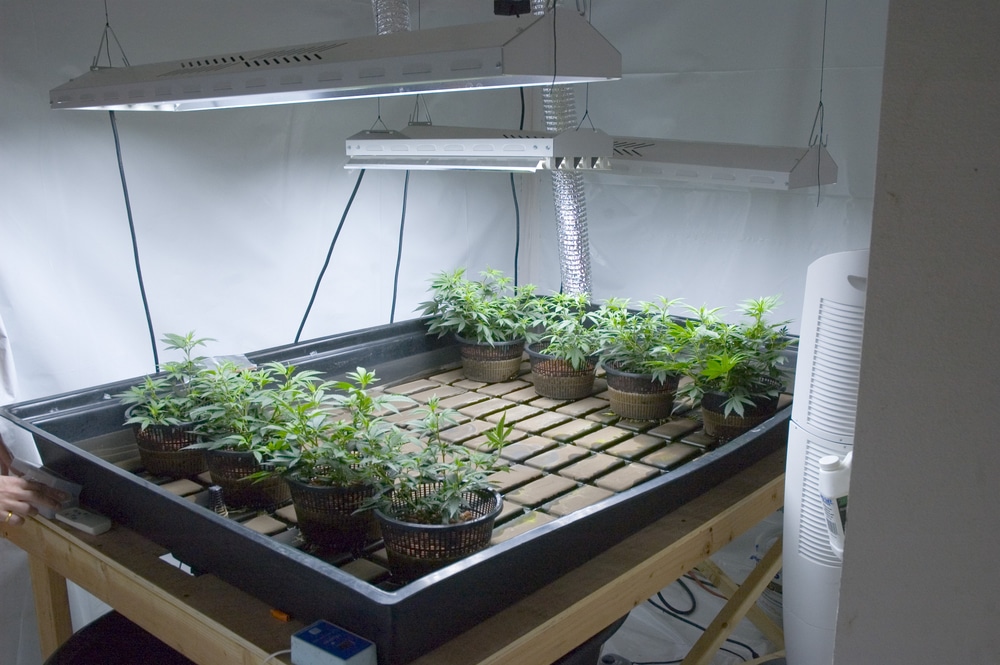
Climate control and ventilation
The climate in your grow room is vital. Your plant will die if the temperature is too high or low. Ensure enough ventilation to avoid disease and rot.
Optimal temperature and humidity
The temperature and relative humidity (RH) differ slightly throughout the growing stages. The ideal range during the vegging phase is 76–78°F with an RH of 50–60%.
Up the temperatures to 72–85°F when the plant flowers, with the RH around 45–60%. Avoid letting the heat drop under 50°F or rise over 85°F.
Importance of airflow and ventilation
Users often overlook how important ventilation is. Your plant may be susceptible to mold or pests without proper airflow. Your crops starve if they don’t have fresh air.
Choosing your growing medium
There are two primary mediums for growing cannabis, each with benefits and drawbacks.
Soil vs. hydroponics
Soil is the go-to medium for most growers, as it’s the easiest and cheapest. Cannabis crops are often healthier if they live in organic earth.
Beginners may find growing hydroponic cannabis more complicated and pricey. However, it allows for better nutrient intake and often delivers larger yields.
Nutrients and watering
It’s essential to understand how to water and feed your plants during each stage for optimal development.
Essential nutrients for cannabis
The essential nutrients for cannabis are nitrogen, phosphorus, and potassium (NPK). Keep a balanced NPK ratio throughout the cannabis growing stages.
Add magnesium or iron for extra benefit. Feed your plant some calcium to return it to full health if it looks under the weather.
How to water your cannabis plants properly
Watering cannabis plants consistently prevents them from wilting and dying. H2O is essential to the crop’s growth. It helps with photosynthesis and brings oxygen to the leaves and buds.
Avoid overwatering, as you may drown your plant. Too much moisture can also attract pests and cause mold growth. Keep track of the pH, PPM, and EC levels for optimal results.
The marijuana growth cycle
Cannabis plants go through four primary stages: germination, seedling, vegetative, and flowering.
Seed germination
The first step is to germinate your seeds before planting them. Ensure you understand how to follow this process to avoid mishaps.
How to germinate your seeds
We recommend the paper towel germination method. Gather two plates and two paper towels. Pour clean, purified water into a spray bottle and grab sterilized tweezers.
Set one napkin on a plate. Place the seeds on top, about one inch apart. Spray a bit of water until the towel is moist. Tilt the container to remove excess moisture.
Place the second paper towel over the first and spray more water. Set the other plate on top. Store the container in a warm, dark area like a kitchen cupboard. Ensure the seeds remain moist.
Transplanting germinated seeds
Ensure you understand how to transplant seedlings to avoid damage. Wait until you notice a quarter-inch taproot. Then, carefully plant your seed into your growing medium of choice.
Vegetative stage
The vegetative stage lasts 4–8 weeks, depending on the strain and conditions. Some cultivars can veg for 16 weeks.
Vegging is when weed plants grow faster and take in more nutrients. They also absorb more carbon dioxide during this phase.
Light requirements and growth monitoring
During vegging, most photoperiod strains thrive on 18–24 hours of light daily. The more illumination, the more the plant can photosynthesize.
Track the temperature and humidity levels throughout the vegging stage. You may need fans or dehumidifiers to maintain these measurements.
Avoid placing your cannabis plants too close to the light source, as they can burn. Ensure you don’t over or underwater.
Plant training techniques
Choose between high-stress and low-stress training depending on the strain. Each one grows differently and may require unique training methods.
One of the popular low-stress training methods is the Sea of Green (SOG) technique. It involves creating a canopy of leaves by planting the crops close to one another.
Prune and trim dead fan leaves, especially lower ones. Bend the stems to encourage lateral growth, increasing yields.
Flowering stage
The flowering stage is an exciting period for growers, as it’s when the buds mature. Take special care of your crop during this time.
How to identify the start of flowering
Inspect the cannabis pistils to identify the flowering stage. These hairs turn white, cream, and brown once the crop is blooming.
You’ll notice a more pungent scent as your plants flower. The mature buds grow fatter and rounder, and more trichomes cover the nugs.
Care during the flowering stage
Airflow and ventilation are vital for cannabis plants during the flowering stage. Mold growth or pests at this phase harm the crop’s health.
Avoid high-stress training when your plants are blooming. Trim lower and dead fan leaves during the vegging stage. Prune foliage that shields buds from lighting and airflow. Wait a few weeks between each session to prevent damage.
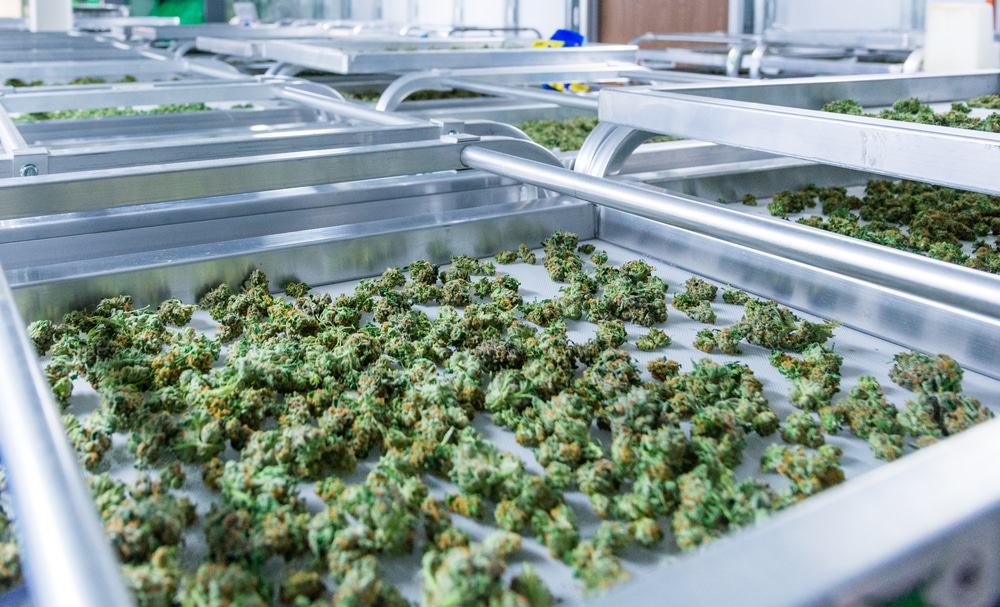
Harvesting and curing
Now’s the time to harvest your cannabis buds and cure them. Ensure you follow the correct techniques to avoid damaged nugs.
Knowing when to harvest
Knowing when to harvest cannabis plants is crucial. Plucking the buds too early can be detrimental. Your flowers are ready to collect once 70–90% of the pistils darken.
Look closely at the buds to identify the trichomes. Once the nugs are ready to harvest, these resinous glands turn a frosty, crystal color.
How to harvest your cannabis
Gently use shears or scissors to harvest your buds. Wear gloves, as the process can become sticky. Store your nugs on a drying rack to ready them for curing. Read more about how to harvest weed to be sure that you are doing it correct.
The importance of proper drying and curing
Drying helps break down chlorophyll. Curing removes unwanted sugars and minerals for a smoother smoke.
Troubleshooting common issues in indoor marijuana cultivation
Issues like leggy cannabis seedlings may arise when growing. Learn how to identify any problems your plant may have and fix them immediately.
Identifying and treating common pests and diseases
Pests and diseases are common when growing marijuana. Preventing, spotting, and treating them can improve your harvests.
Prevention and management of pests
You may encounter aphids, scales, or mites. The first step in prevention is to ensure you have enough ventilation. Warm, humid areas attract bugs and are breeding grounds for them.
Clean and disinfect your grow area regularly to avoid bugs. Monitor your plants and take action if you notice any pests. Look for dark, white spots or fuzzy patches to identify bugs.
Recognizing and treating plant diseases
Moldy marijuana has a gray-white coating. It has a powdery texture, unlike the sticky trichomes with similar colors. Mold has a distinct smell of must, mildew, and hay. Look out for yellowing leaves or rotten roots.
Destroy the buds if you notice any mold. Mildew can make you sick if you smoke or ingest it, so rather be safe than sorry. To prevent mold, keep your nugs in a dark, dry place. Avoid freezing them and ensure low humidity.
Remove any foliage if you notice dead or rotting leaves, as it may signify Botrytis. Ensure you have a balanced climate to avoid this disease.
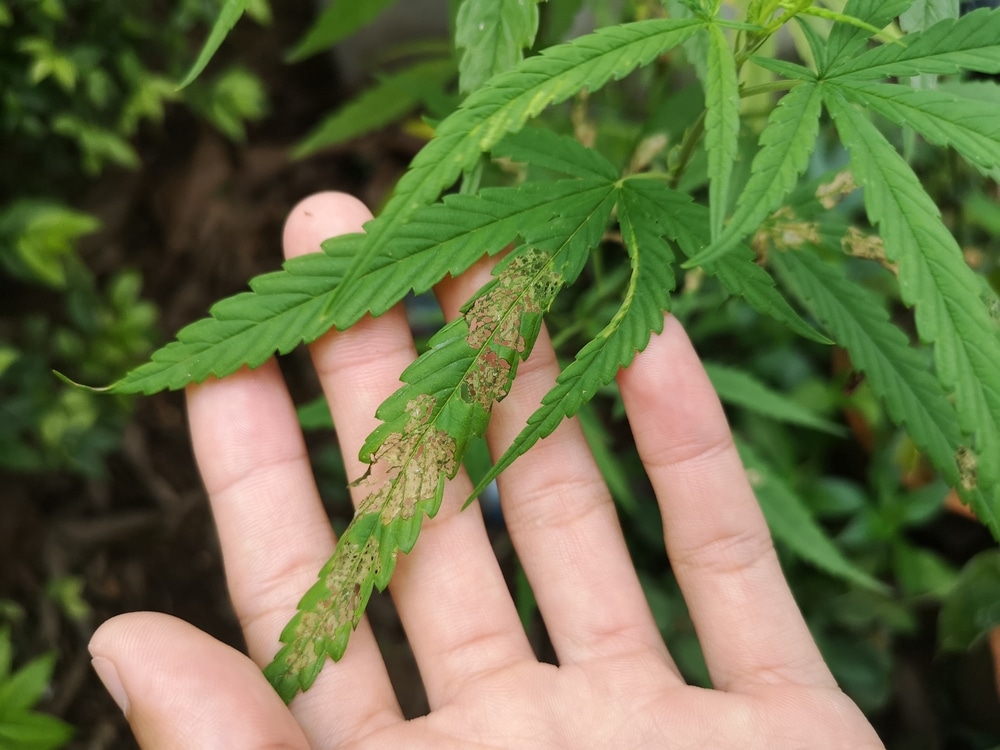
Correcting nutrient deficiencies and overfeeding
A significant problem cultivators encounter is nutrient deficiencies or overfeeding. Understanding how many minerals your plant requires is essential for indoor growing.
Symptoms and solutions for nutrient deficiencies
Your weed seedlings may turn yellow if they have a nutrient deficiency. Identify what the problems and causes are before finding a solution. You should either flush your crop or add extra supplements.
Avoiding nutrient burn and overwatering
Always keep track of the PPM, pH, and EC levels to avoid nutrient burn. Measure the runoff liquid and identify if you’re overwatering your plant. Check if your crop has too many or too few minerals.
Increase your indoor growing expertise
You can grow marijuana indoors and outside; each area has benefits. Follow simple tips and tricks to master marijuana cultivation. Become an expert in cannabis growing by following our other tips below.
Mastering the art of indoor marijuana growing
Expand your knowledge of cannabis and cultivate large harvests in no time. Continue learning new things to hone your skills.
Continuous learning and improvement
Continuously improve your methods to get the healthiest buds and biggest yields. Don’t let disease or other issues demotivate you, as most cannabis plants bounce back easily.
Responsible and ethical use
Remember to use marijuana responsibly. Avoid overdoing it, as it may cause unwanted side effects. Always toke in moderation and consume cannabis ethically.
Resources and further reading
Don’t stop at our indoor guide. Research and learn more about marijuana and all its brilliant properties. Join online communities to learn more.
Books and online resources
There are countless books and online resources on marijuana. Expand your knowledge to understand its cultivation requirements better.
These are some of the best books online:
- The Cannabis Grow Bible: A practical approach explaining the art and science behind growing high-quality weed.
- Cannabis: A Beginner’s Guide to Growing Marijuana: An easy-to-use manual for starting your cannabis growing journey.
- Marijuana Grower’s Handbook: A valuable guide that details every part of the marijuana plant’s life cycle.
- How To Grow Cannabis: A Step-by-Step Guide For Beginners: A beginner’s guide to growing weed plants.
Marijuana growing communities
Join a marijuana growing community to share your progress. Talk to others if you encounter any problems while cultivating. Some users may struggle with the same issues as you.
Here are some excellent marijuana growing communities:
- Reddit: A source for a variety of information, including in-depth knowledge of the world of weed.
- Growers Network: A forum for marijuana conversation, education, and networking.
- I Love Growing Marijuana Forum: Experts are available 24/7 to help you with any query on cultivating marijuana.
That’s the end of our article on growing marijuana indoors: a foolproof guide. Are you ready to join the world of weed cultivation? Visit our blog to find out more information about this brilliant plant.


